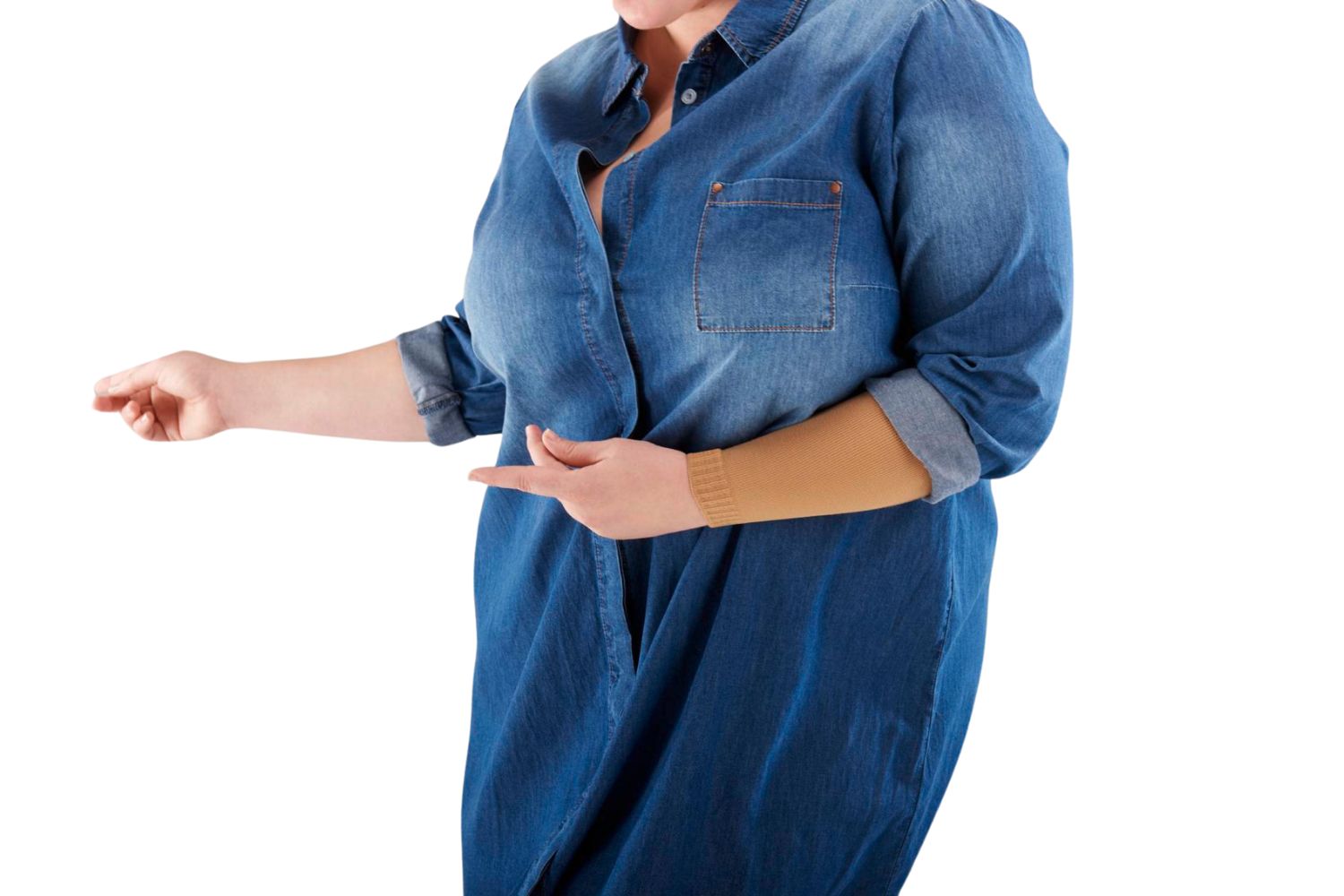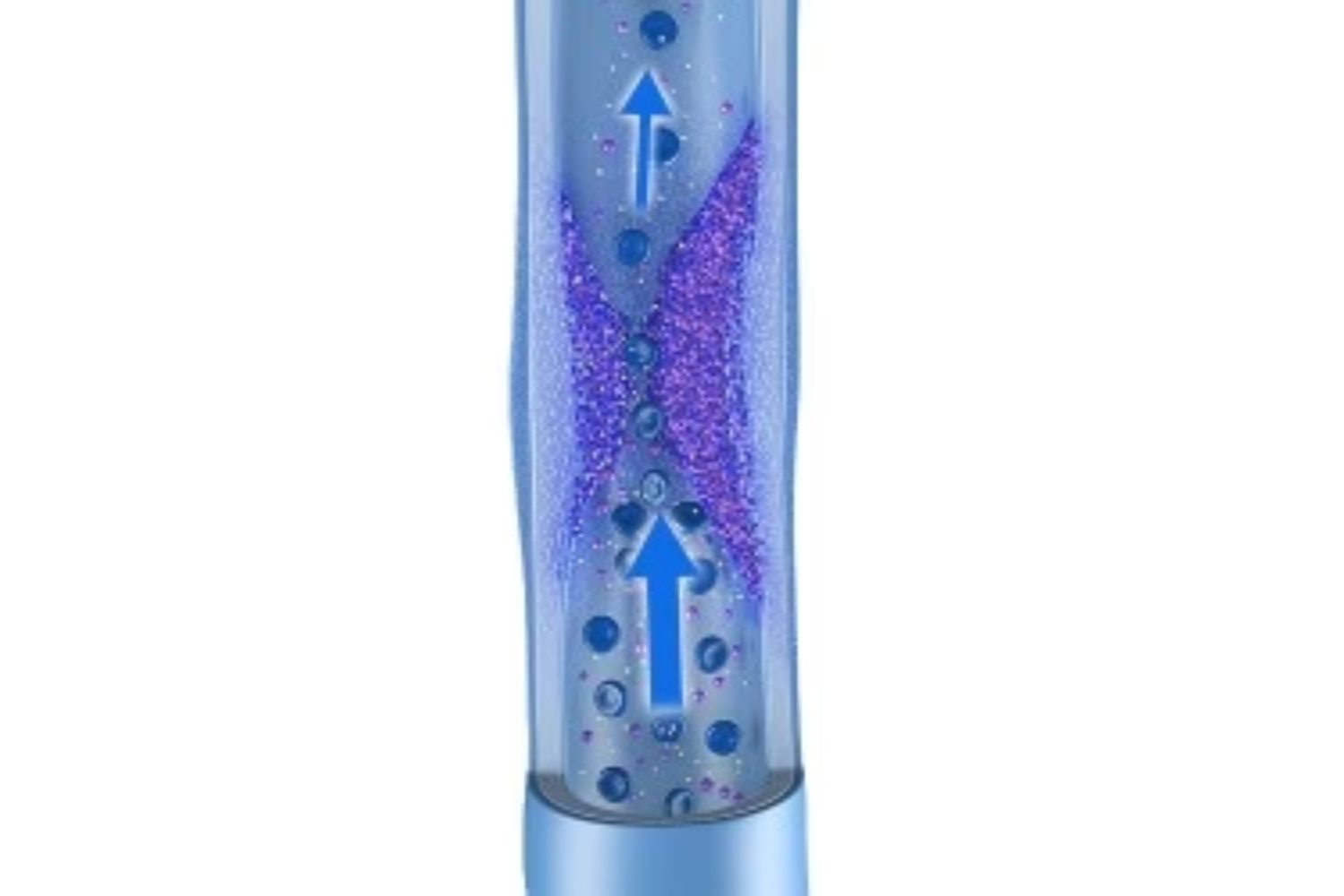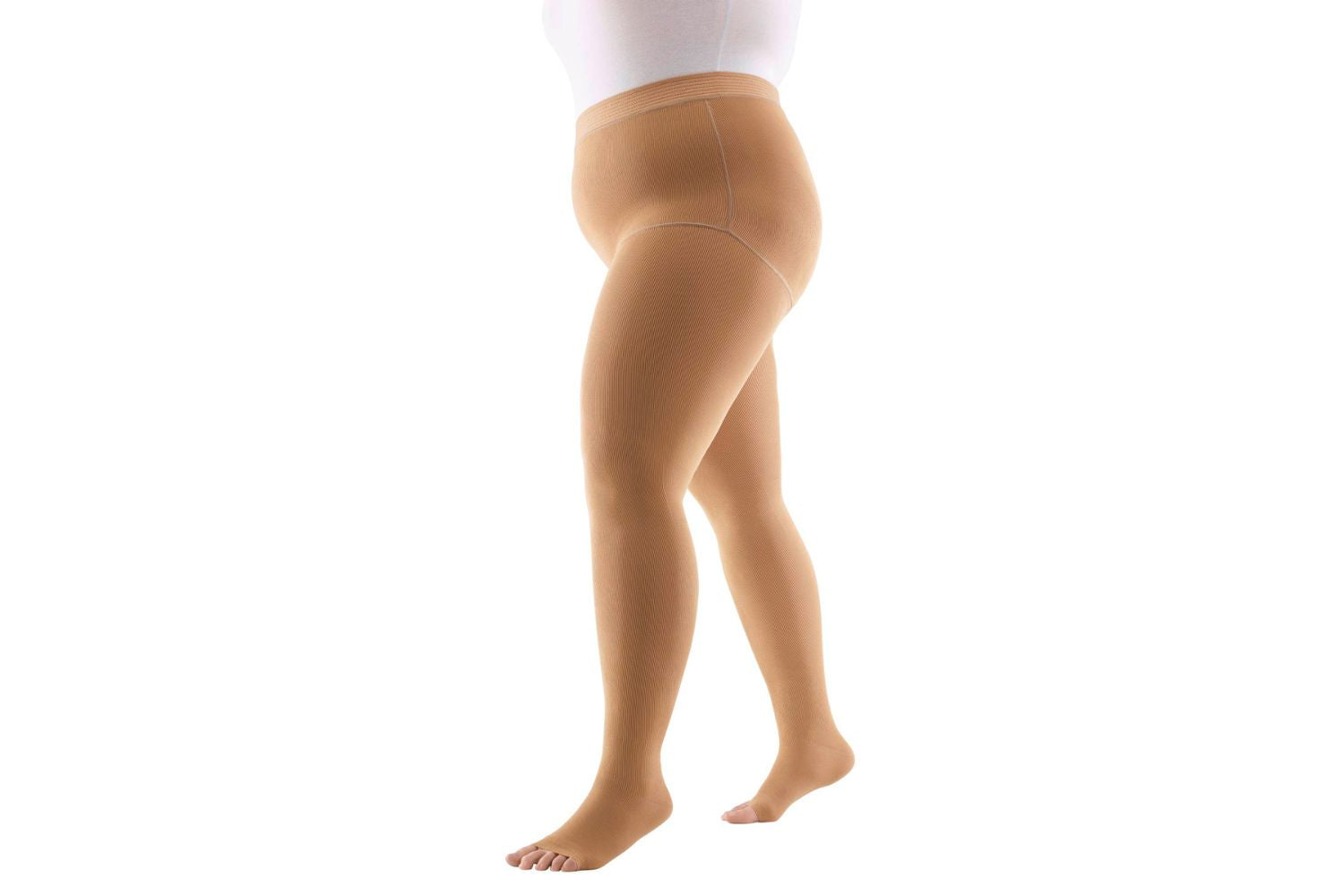
Patients suffering from Lymphoedema usually experience significant swelling in the limbs due to excessive fluid deposits. There are significant pain and discomfort and a patient’s movements are sev...

Lymphoedema in Arm After Breast Cancer
In some cases of breast cancer surgery (Mastectomy), the lymphatic system may be damaged. Swelling of the arms and hands occurs as a direct result of lymphatic injury.

Phlebolymphedema - Take Water in Your Veins Seriously
Phlebolymphedema is a disease in which excess fluid accumulates in the tissue around the blood vessels in the legs, ankles, and feet.

Lipoedema Also Known As Lipedema
Lipoedema is a condition that results in the uneven deposition of fat under the skin. A patient suffering from Lipoedema usually has disproportionate lower bodies, typically large thighs, despite a...

A patient suffering from this congestion can have excess fluid build-up affect the legs in particular. When this builds up to a severe point, the patient can often develop the disease Elephantiasis...

Heavy, swollen legs, often associated with pain when touched and limited mobility, can have many different causes. In most cases, they stem from a lymph drainage disorder or a fat distribution diso...













